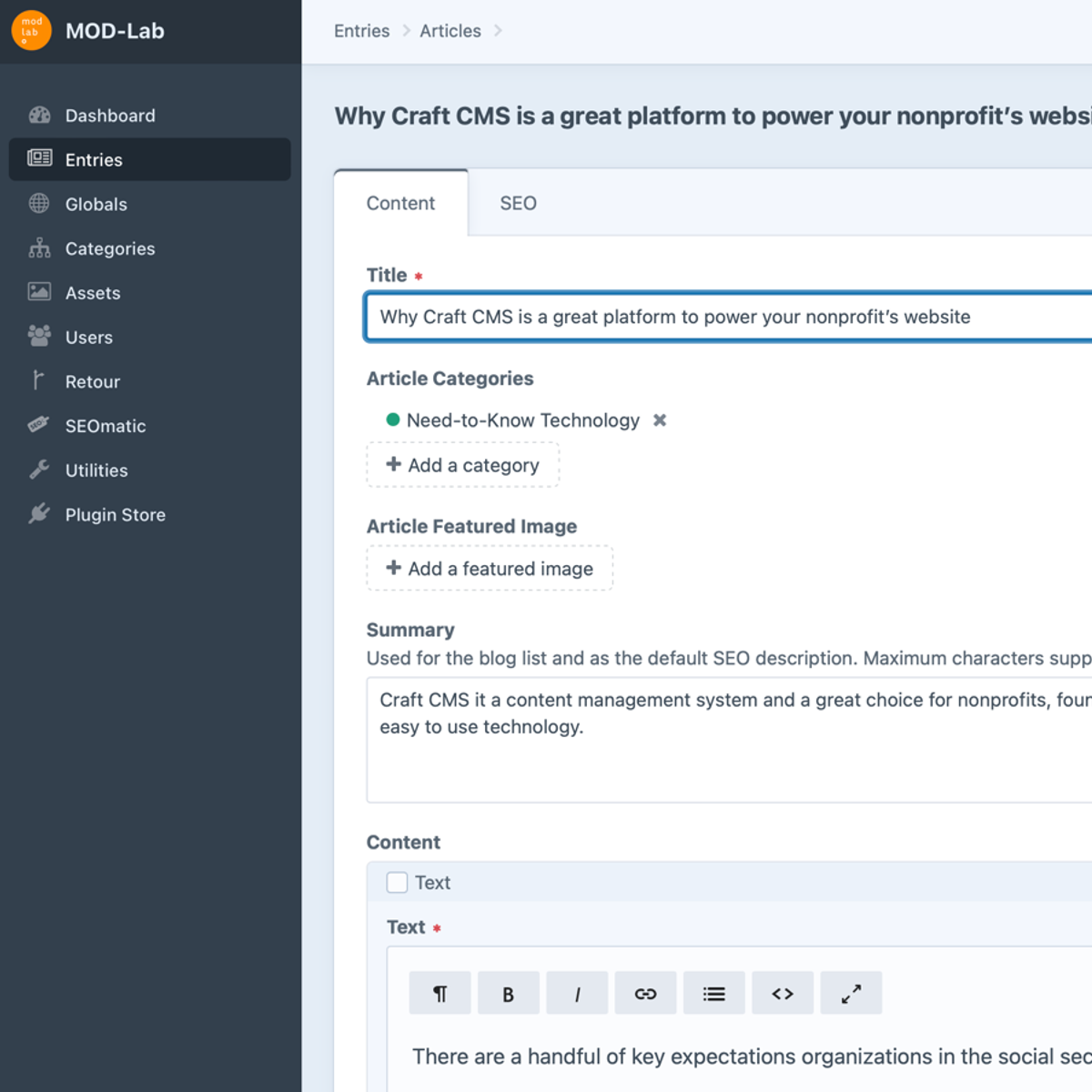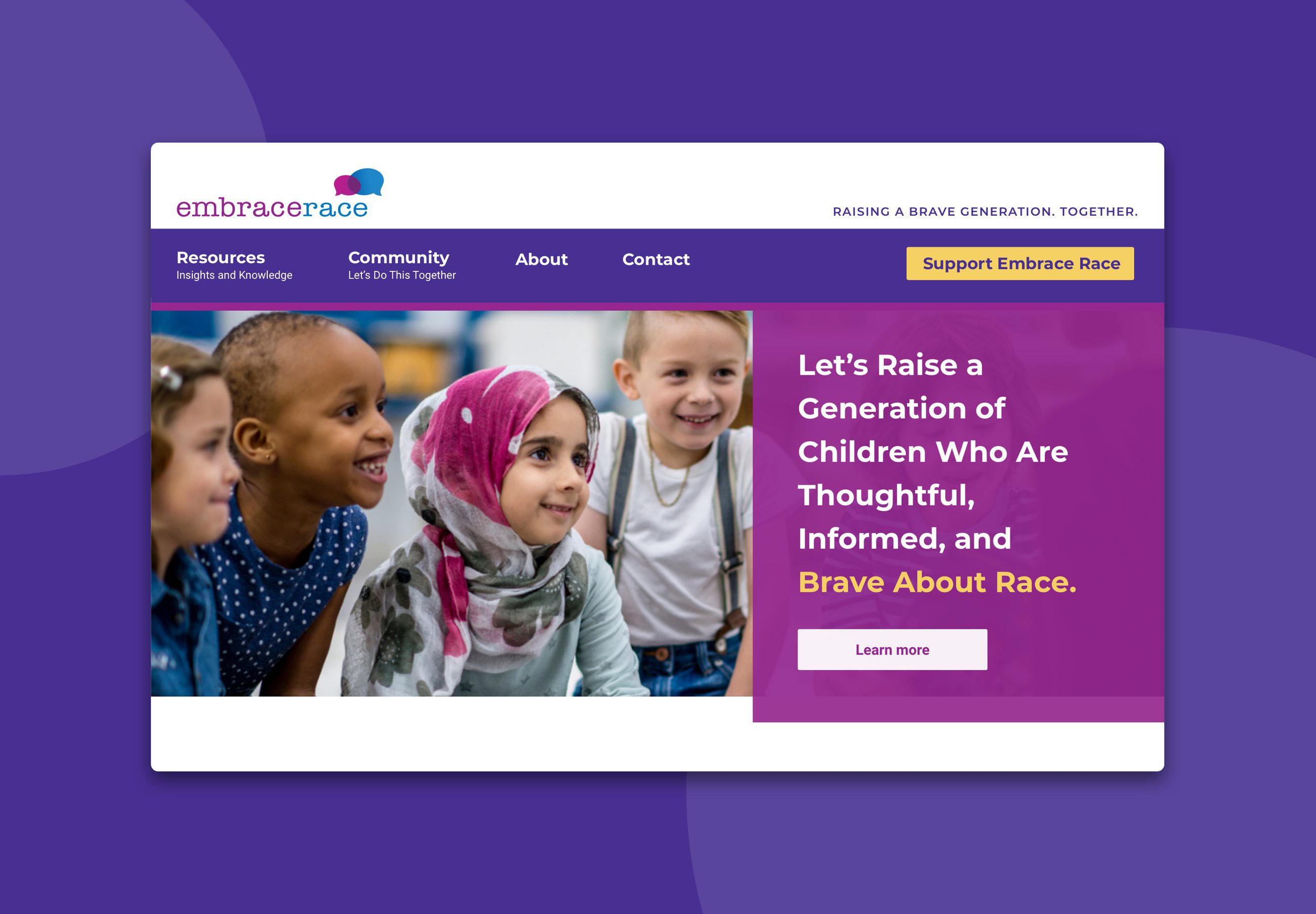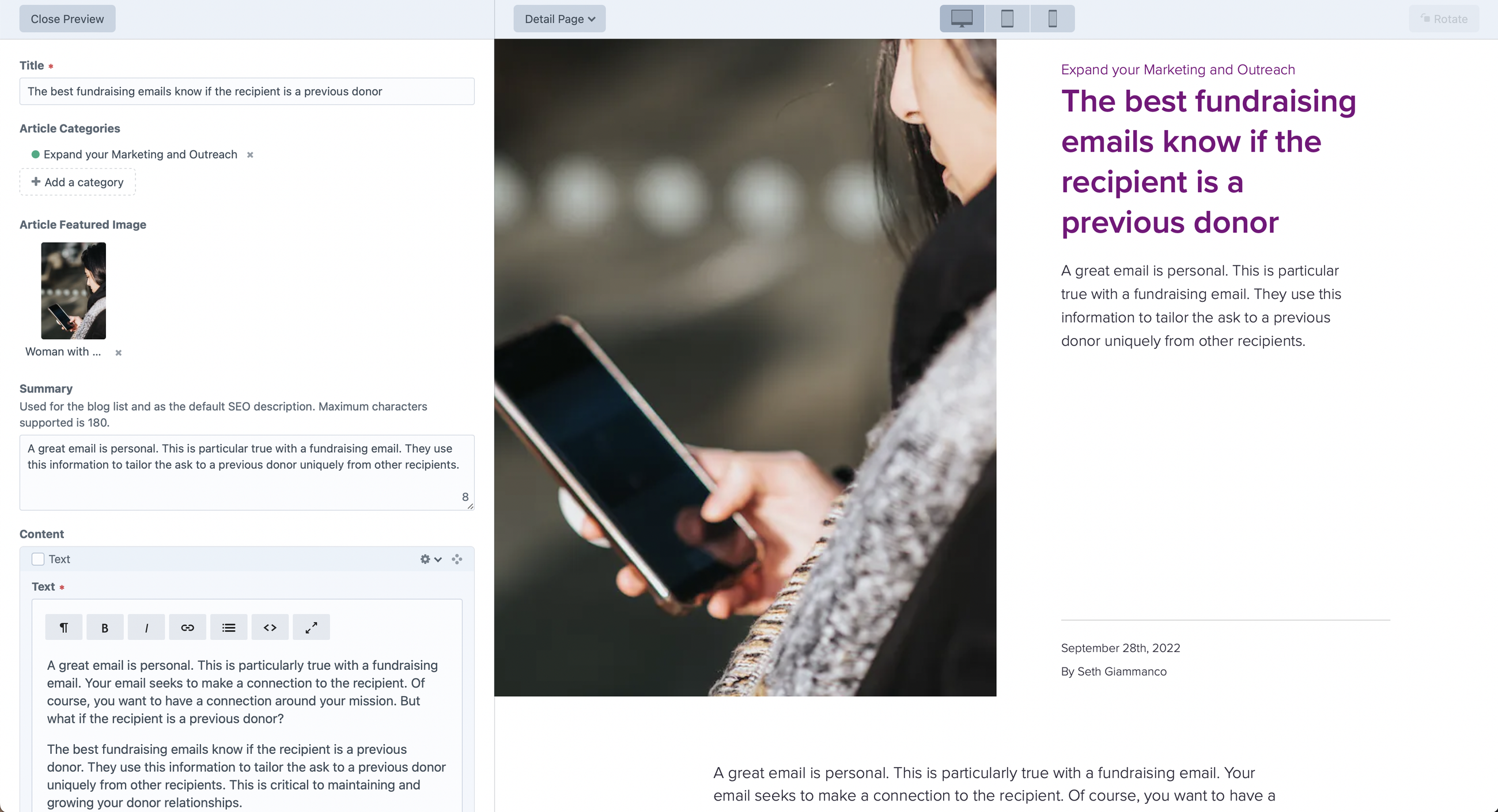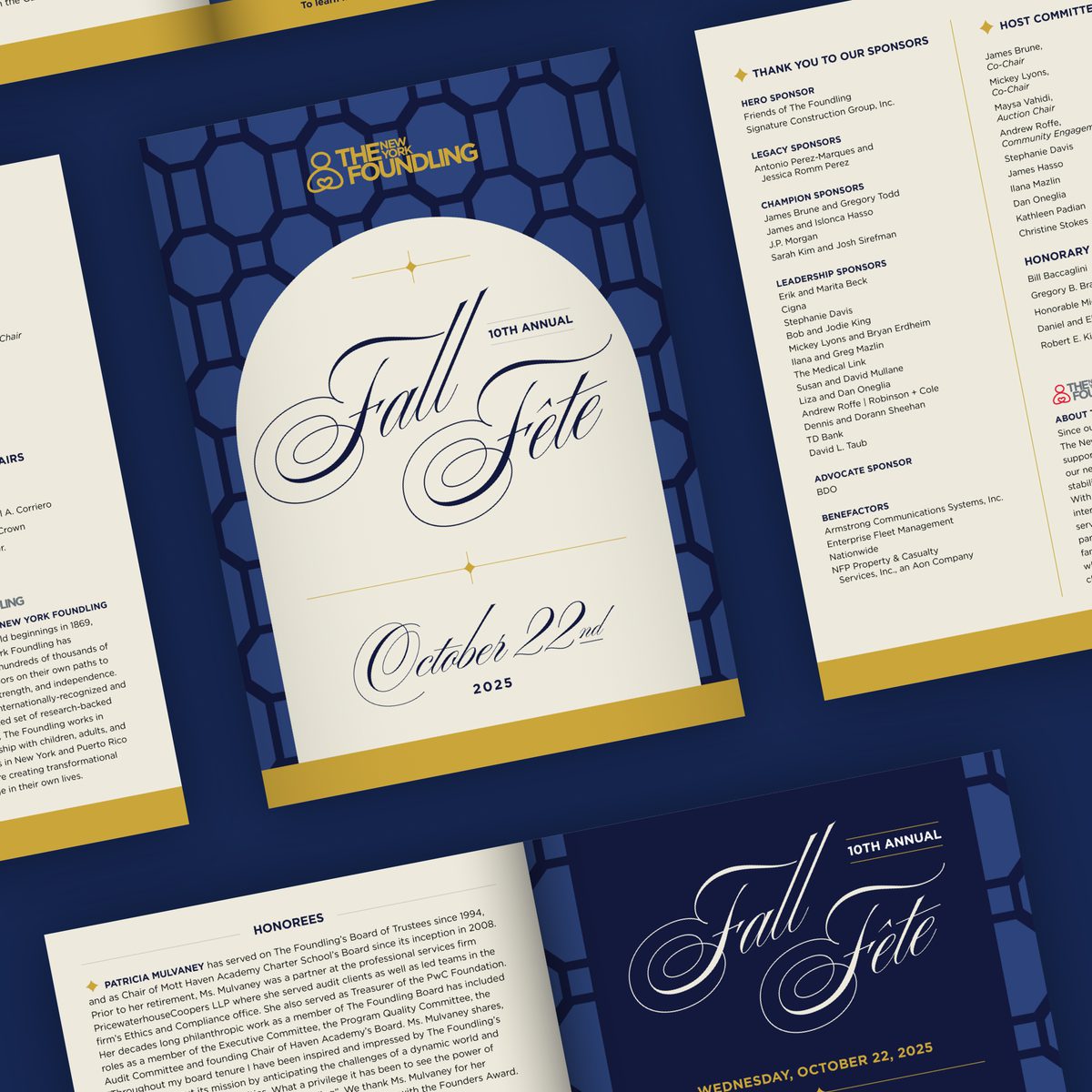- Expand Your Marketing and Outreach

- Need-to-Know Technology
Why Craft CMS is a great platform to power your nonprofit’s website
There are a handful of key expectations organizations in the social sector have for any content managed website.
- It should be easy to use for day to day publishing without having to know how to code.
- It can create new pages using templates.
- It can organize pages in a hierarchy that matches the site structure.
- It should be flexible to power a variety of website needs from forms to memberships.
- It is well supported and has a strong community of developers that can work with it.
We share these expectations with our clients partners and bring three of our own to the table.
- We need to be able to deliver our custom design solution without having to wrangle with technology or code of others to do so.
- We need to architect a site that can evolve over time to address new content and engagement opportunity needs.
- The platform must have a supportive team behind it that shares similar work values.
Over the years, our team has worked with a lot of different platforms. We have built sites with WordPress, Drupal, ExpressionEngine, Hugo, Webflow, Statamic, and Craft CMS. Many of these don't meet the criteria above. The platform that does and that we use today is Craft CMS.
In this article we are going to share how Craft meets the expectations shared above. We also will share why it is a great platform for nonprofits, foundations, and social good companies of all sizes. These include the small and mighty teams in the social sector that we at Minds On Design Lab call client partners.
Design flexibility without technical wrangling
Our nonprofit and social good client partners work with us to deliver uniquely designed websites. They want a website that visually and experientially showcases their brand and the good work they do. Of course, budget is also an important factor.
Craft provides a blank canvas to create a website template and design that is unique without having to overwrite or work with any other’s code.
Other platforms often support DIY usage. They serve non-developer audiences and empower them them to put together a website without code. They use theme designs, theme builders, and plugins that deliver both the front end and back end code for them. For DIYers this is fantastic. Off the shelf themes and DIY sites are great for an organization's first website. Over time, many find that what they can do with DIY is limited and that the quality of design doesn't reflect the impact of their work.
Working with these platforms to deliver custom designs is inefficient. They require time, energy, and money to undo or wrangle with their DIY code. This uses budget better applied elsewhere.
Craft is made to power custom designed websites. It includes tools to efficiently build templates that leverage the content and robust functionality it provides.

Craft CMS provides a blank canvas that allows us to efficiently bring to life the custom designs we create. This lets our clients' brands shine brighter.
A wonderful, “out of the box", publishing experience
Craft’s professional approach to website building extends to the content publishing experience it delivers. Out of the box, with no plugins required, Craft offers all of the following and more.
- A clean, polished, and easy to navigate control panel.
- Flexibility to allow us to organize content in a hierarchy that reflects the site map alongside channels of content (like news, blog, …). Finding the pages you want to edit is easy. Adding new pages to appropriate places of a site is intuitive.
- Craft has robust content modeling capabilities. It lets us design the system to match your content. Unlike other tools that require figuring out how to fit your content within their restrictions. We can create custom fields and entry types/templates so that your event entries can be different from your news entries. This makes working with entries more intuitive. Also, having the right fields provides important structure to your content. This structure allows us to deliver design treatments for different content elements with consistency without publishers having to think about it. Craft helps keep site content stay on brand.
- Content edit forms are intuitive. They allow us to include inline directions and to organize the fields inside them logically. This means no more need for a 20 page PDF manual to know how to work with the content of a website.
- When working on an entry, access a live preview of what it will look like when published. The live preview updates in near real time as edits are being made. This live preview can even toggle to show how the page will look on mobile devices.
- Powerful yet simple publishing workflow features are available. Create drafts and easily share them with colleagues before publishing. Even create drafts of live or published pages and share them for review. Apply a draft to the live site when ready.

Craft CMS's live preview allows you to work on the content of a page and see what it will look like once published.
Many other platforms require plugins or add-ons to make the above happen. While a plugin is not a bad thing, they do add complexity to a site. They can impact the ease of use of the CMS and/or make the site a little more challenging/costly to maintain. Plugins add technical debt to your website. As such, it is great to have the features above be part of Craft’s core offering and supported by their core team.
What I like about Craft CMS is that it's easy to use - I don't have any background in updating websites or coding but I've been able to manage our Alumni Talent Portal with ease. Also, the steps to update a page once it's already been published are very easy; I can always fix small mistakes quickly!
Aliyah Grant, ReelWorks, Career Development Program Assistant
Great support and extensibility powered by a professional community
Critical to any great technology platform is support.
“First-Party” or Platform Support
Craft CMS is a product of Pixel and Tonic. This company has been developing professional CMS tools for as long as Minds On Design Lab has been building websites. That would be since at least 2007 :-). They regularly update the platform to improve functionality, user experience, accessibility, and address any security issues that may arise.
Community
Craft has a vibrant professional community that has built over 150k Craft websites at the time of this article’s publication. There are over 230 recognized partner agencies and teams in Craft’s partner program at this time as well. We are one of them. This means there are alternative partners should our clients ever need them. Whether through an annual conference, dedicated Stack Exchange, job board, tutorial websites, and active Discord space (5K+) it is not hard to connect with informed and skilled Craft developers and resources.
Plugin Ecosystem
Powered by its community, Craft has a powerful collection of plugins that extend its capabilities. We rely on a few to deliver best of class functionality for SEO, navigation, and forms to name a few.
Example Websites
The following are a collection of nonprofit websites built on Craft CMS.
Here are a few built and/or supported by us:
Here are few built by others:
- Central Park Conservancy
- Associated Press - The Definitive Source, Blogs
- National Park Foundation
- White House Historical Association
Alignment of shared values in caring about design, user experience, and accessibility
Craft shares alignment with what we know makes a great content managed website.
They care about design.
Craft offers a blank canvas to bring our design visions to life. They are meticulous in building a beautiful publisher interface to manage content with. The team behind Craft has an attention to detail that makes their platform a serious yet welcoming tool to use.
They express values that are consistent with many in the social sector.
Recently, Craft went head to head with WordPress and Statamic as W3C (World Web Consortium) explored the CMS to power its website redesign. W3C offers a significant case study. Their organization and website is the home for the WCAG accessibility guidelines. They wanted to choose a platform that shared their commitment to accessibility inside and out. They conducted their selection process publicly, sharing their process as they went. None of the platforms including Craft delivered a control panel that met the accessibility level they required. This said, Craft was chosen due to being closest and to their committing to meet their accessibility goals. This included making hires on their team to lead their accessibility efforts.
We and our social good client partners appreciate Craft’s design-forward solution, delivery of a user experience that feels and works wonderfully, and their commitment to accessibility.
Flexibility and efficiency to evolve a website to remain strategically relevant over time
The model of redesigning a website and then not evolving it until many years later is flawed for most organizations. Websites and the digital outreach they are home to, need to evolve regularly to be relevant. Content and strategies evolve and so too must the website that delivers them.
Craft’s flexible content management approach allows for a website to be built with efficient evolution over time in mind. Specifically, Craft provides an opportunity to build such a site. To become a reality requires thoughtful and intentional implementation by a website team.
A content management system is a tool. Craft is a great one with a lot of flexibility and power. We all know that with great power comes great responsibility. Our skillful and careful minds can make a great forward thinking and easy to use website more efficiently with Craft than with other tools on the market.
Seth Giammanco, Principal, Strategy & Technology, Minds On Design Lab
For our site builds we create page templates or “entry types” as Craft calls them for the main pages of a website. This means that content publishers when creating a page can choose from a collection of templates for a particular page. Over time, we can create new page templates without impacting any of the previously created ones. This adds a new template efficiently to the collection available.
We also create what we call “content blocks” that use Craft’s Matrix field type to build out a page’s body content. When a content publisher is working on a page they can choose from a collection of block types to "design" content with. These blocks may include text, image, logo grid, call to action, and video to name a few. Any number of blocks can be added to a page as well as in any order.
Blocks are mini content layouts that make publishing content easier. For example if an image is added through a block, we make sure it is optimized, sized, and even cropped if needed to fit the desired design automatically. Similarly, with a call to action block the publisher can add text, a button label, button url that will result in a design that stands out on the page with ease.
Over time, we can create new blocks to add to the site’s collection and offer new content treatments. A new block becomes available everywhere content blocks are used.
The above are two examples of how Craft’s flexible system can be used to deliver a site that can more efficiently evolve over time.
After a little over 6 months of using the Craft CMS system, I find the system mostly very intuitive, the content blocks easy to use, and the back-end navigation easy to learn. I've worked at other places where the CMS is so complicated, the long-time staff doesn't know everything about it and new employees struggle to learn. Our system is necessarily very simple, it's true, but Craft also helps make it that simple, which is exactly what our small team needs to keep things running.
Jillian Mock, Co-Founder, Science Literacy Foundation & OpenMind Magazine
Sometimes the best choice is not the most obvious
WordPress is so pervasive that both our clients and prospective clients know it well and most have used it. Its largeness suggests to many a no brainer for powering an organization’s website. While there are reasons being the leading CMS can be a good choice there are also reasons why more niche options may be better.
We appreciate that we can rely on a tool for professional use. One that is run by a company that nurtures a powerful community and shares alignment to needs our nonprofit clients care about.
As professional people, our clients get value from a platform focused for professional use. The professional ecosystem of plugins, developers, and educational resources are quality. This delivers peace-of-mind. There's a focus and attention to detail in Craft that is difficult to match.
Craft helps us deliver beautiful designs allowing the brand of the organization it is serving to shine through. It delivers a fantastic and easy to use publisher experience. It’s flexible and modern, empowering us to create sites that are maintained and evolved efficiently. All this, without sacrificing the ability to meet the needs of membership sites, directories, and unique content challenges.
If you have any questions about Craft CMS for your organization please don’t hesitate to contact us on twitter or via email.
More Articles
- Expand Your Marketing and Outreach
A thoughtful approach to nonprofit event branding
- Expand Your Marketing and Outreach
Expert-backed tips to boost donations through your website
Mightier Newsletter
Join our community of nonprofiteers and the partners that support them. Our monthly newsletter includes resources with small and mighty teams in the social sector in mind – sharing tips to help with content creation, website use, marketing, and more.
SubscribeBrought to you by MOD-Lab
At MOD-Lab, we're the thoughtful design partner for small teams like yours doing big things in the social sector. We create memorable branding, design materials, and websites that showcase the quality of your work and reflect your true impact.


